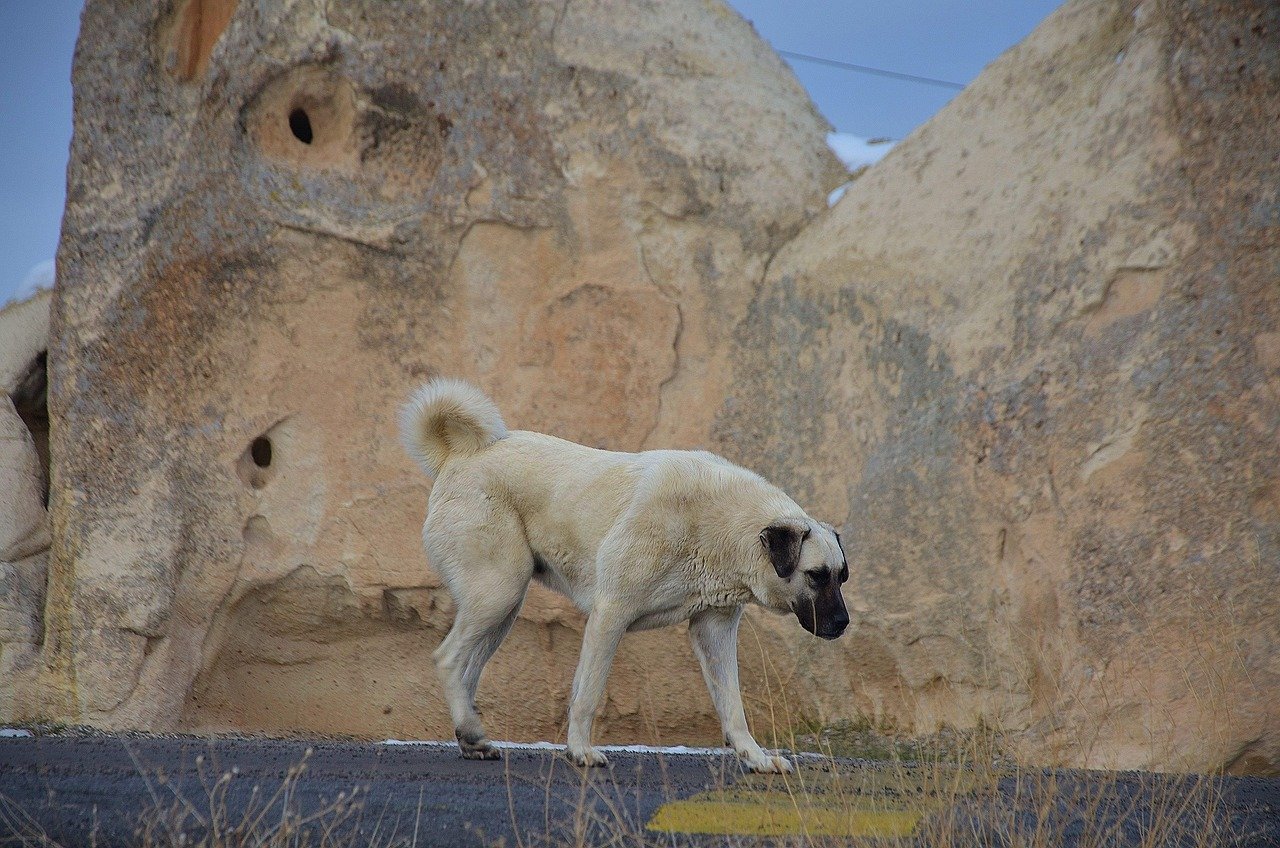The Kangal isn’t just a dog—it’s a living legend when it comes to protection and loyalty. Hailing from Turkey, this mighty breed was bred to guard livestock against predators like wolves and bears, and it absolutely lives up to the task. With a powerful bite force that tops the canine charts, the Kangal is both fearless and fiercely devoted to its family. Despite its size and strength, it’s surprisingly gentle and calm with those it trusts, especially children. The Kangal is alert, intelligent, and naturally territorial, making it an ideal watchdog. It doesn’t bark without reason, and when it does, you know it means business. This is a breed that balances brawn with brains, making it the ultimate guardian and a loyal best friend.
1. Ancient Origins Rooted in Legend
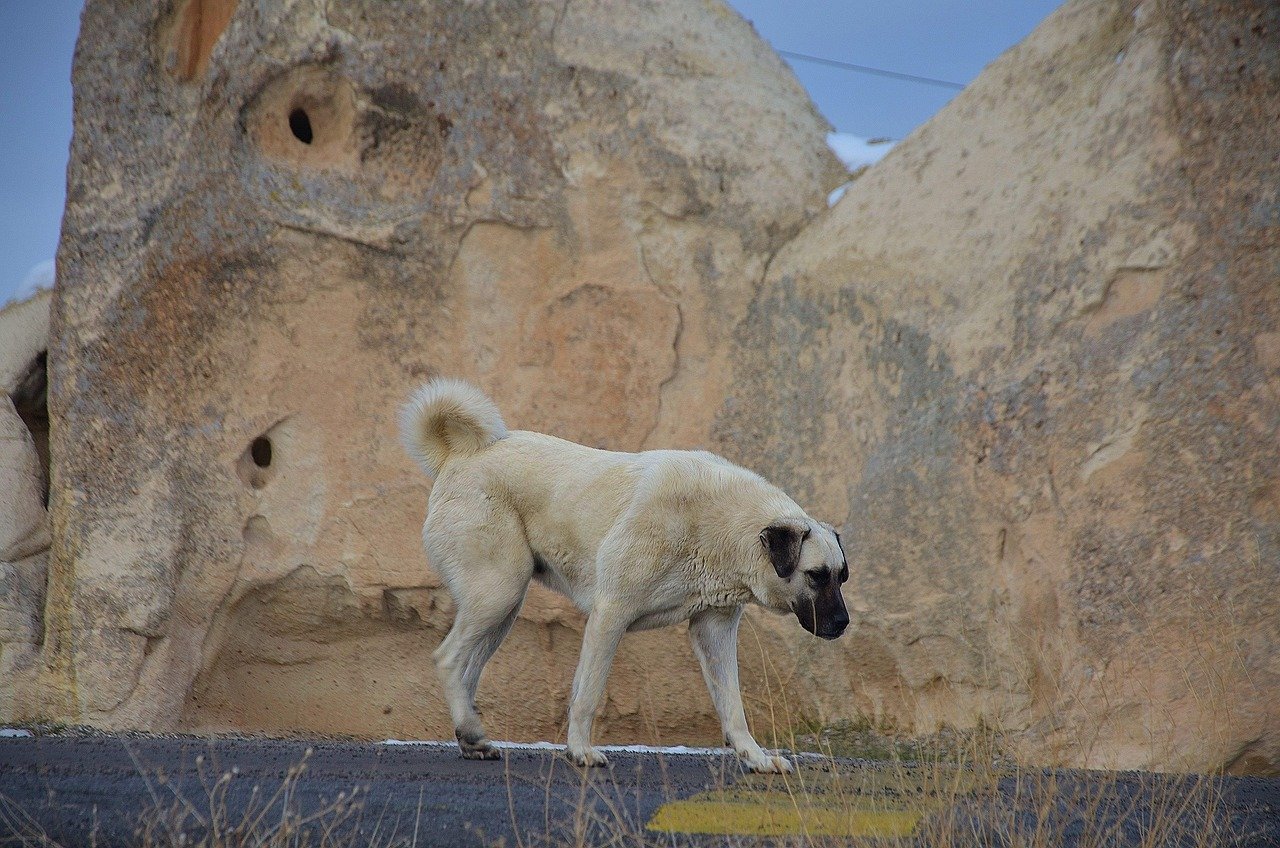
The story of the Kangal begins thousands of years ago, deep in the rugged hills of Turkey’s Sivas province. These dogs have been bred for generations to protect livestock from the fiercest predators. Some say their lineage is so old, it’s woven into the very fabric of Anatolian folklore. Tales from Turkish shepherds speak of Kangals facing down wolves, jackals, and even bears, sending them running with a single snarl. Their history isn’t just fascinating—it’s a testament to how deeply these dogs are trusted. This ancient connection gives the Kangal a kind of wisdom and instinct you won’t find in just any breed. When you meet a Kangal, you’re meeting living history.
2. Imposing Size and Striking Appearance
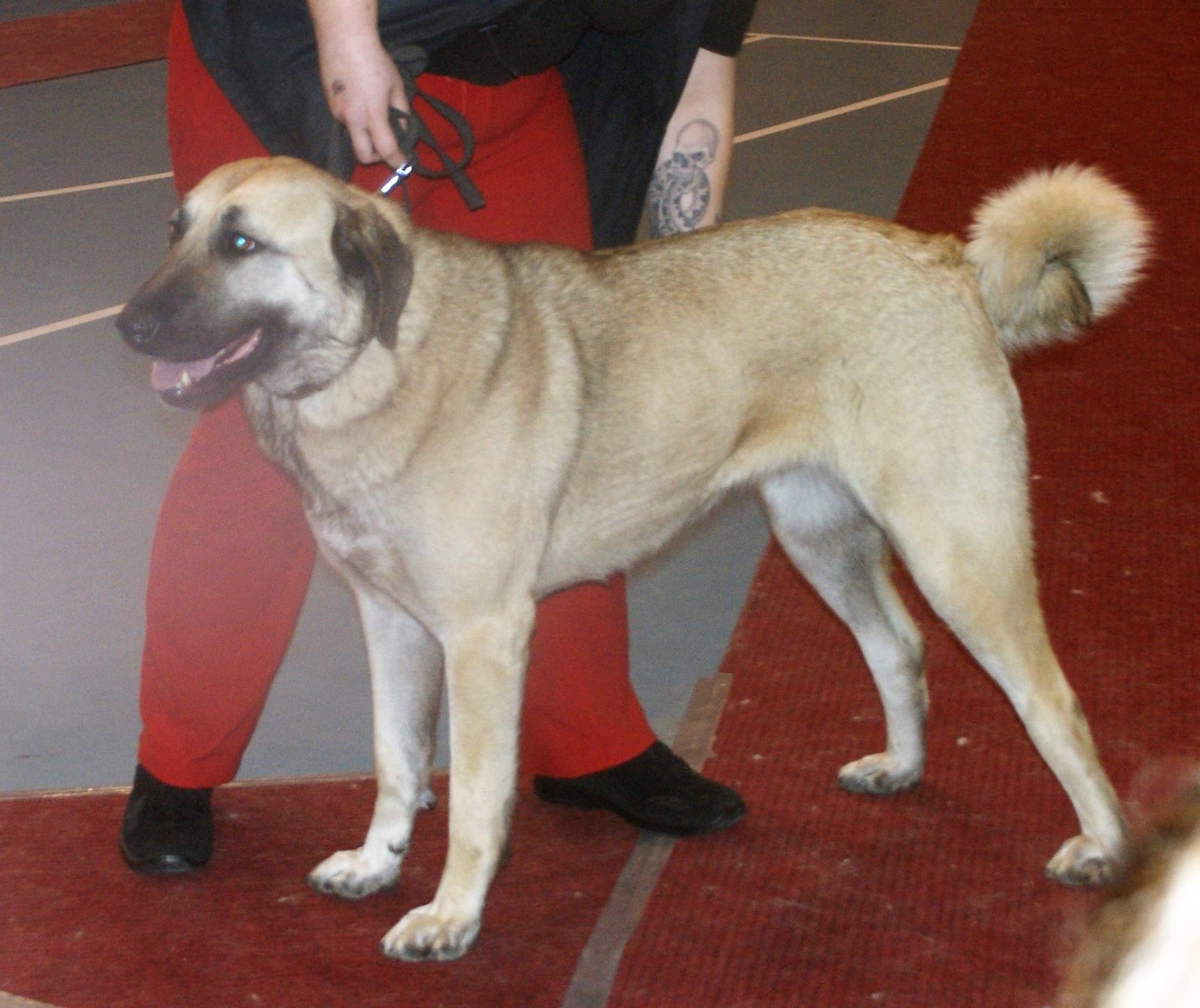
The first thing you’ll notice about a Kangal is their sheer size. These dogs are built like tanks, with powerful muscles rippling beneath their short, dense coats. Males often stand 30 to 33 inches tall at the shoulder, weighing up to 145 pounds or more. Their broad heads, strong jaws, and deep chests command respect from the very first glance. But it’s not just about looking tough—their size is a practical advantage when facing down predators. Yet, there’s an elegance to their movement, almost like watching a lion prowl. This combination of strength and grace makes them unforgettable.
3. Unmatched Protective Instincts
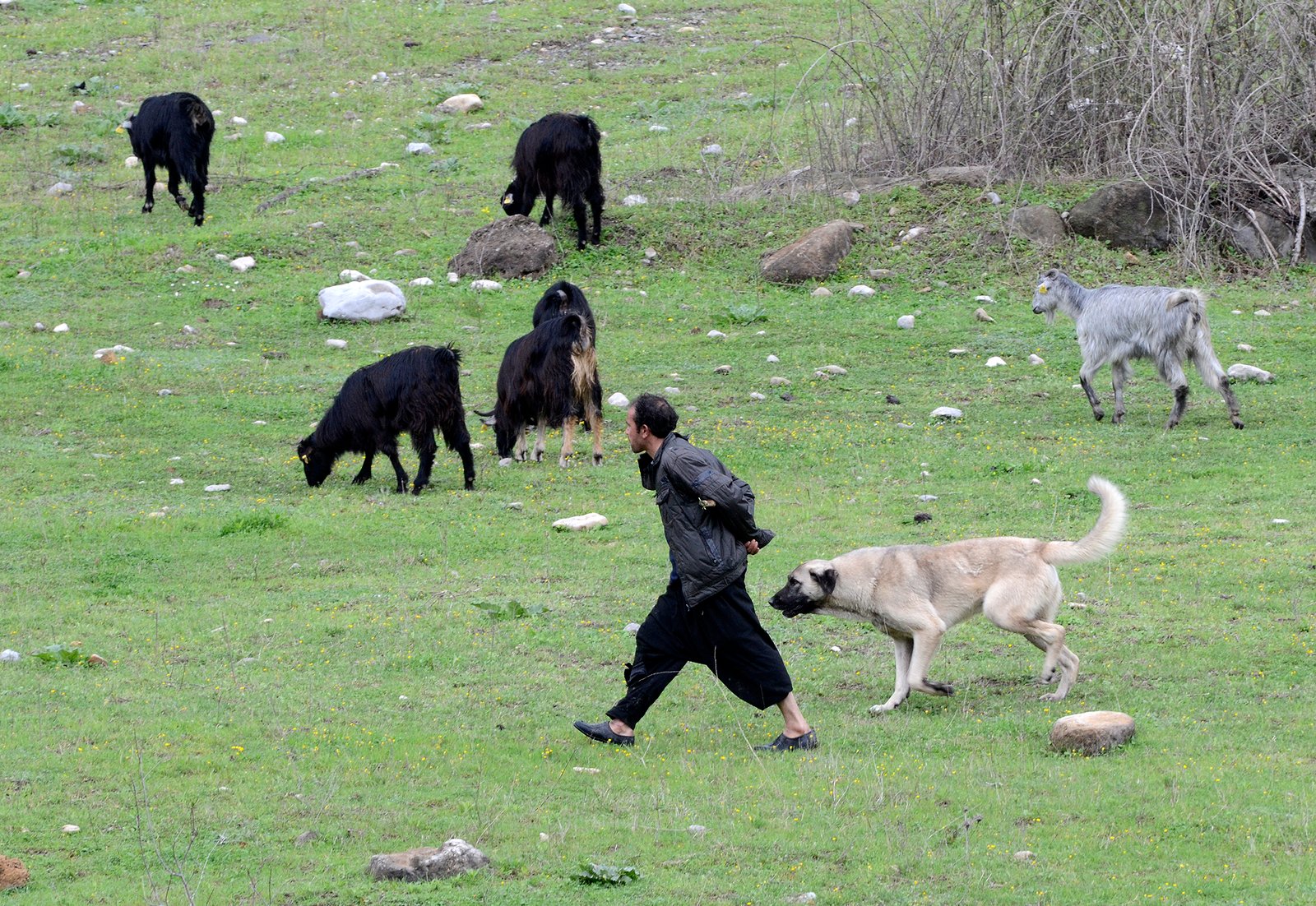
Kangals don’t just guard—they live to protect. Their instinct to defend their family and flock is hardwired, passed down through centuries of selective breeding. It’s not about aggression; it’s about devotion. A Kangal will calmly watch over his territory, always alert, always aware. If danger approaches, he springs into action with lightning speed. Shepherds often describe the Kangal as having a sixth sense, reacting to threats even before they become obvious. This protective nature isn’t limited to livestock—Kangals are equally dedicated to their human families, forming bonds that can’t be broken.
4. Remarkable Intelligence and Problem Solving
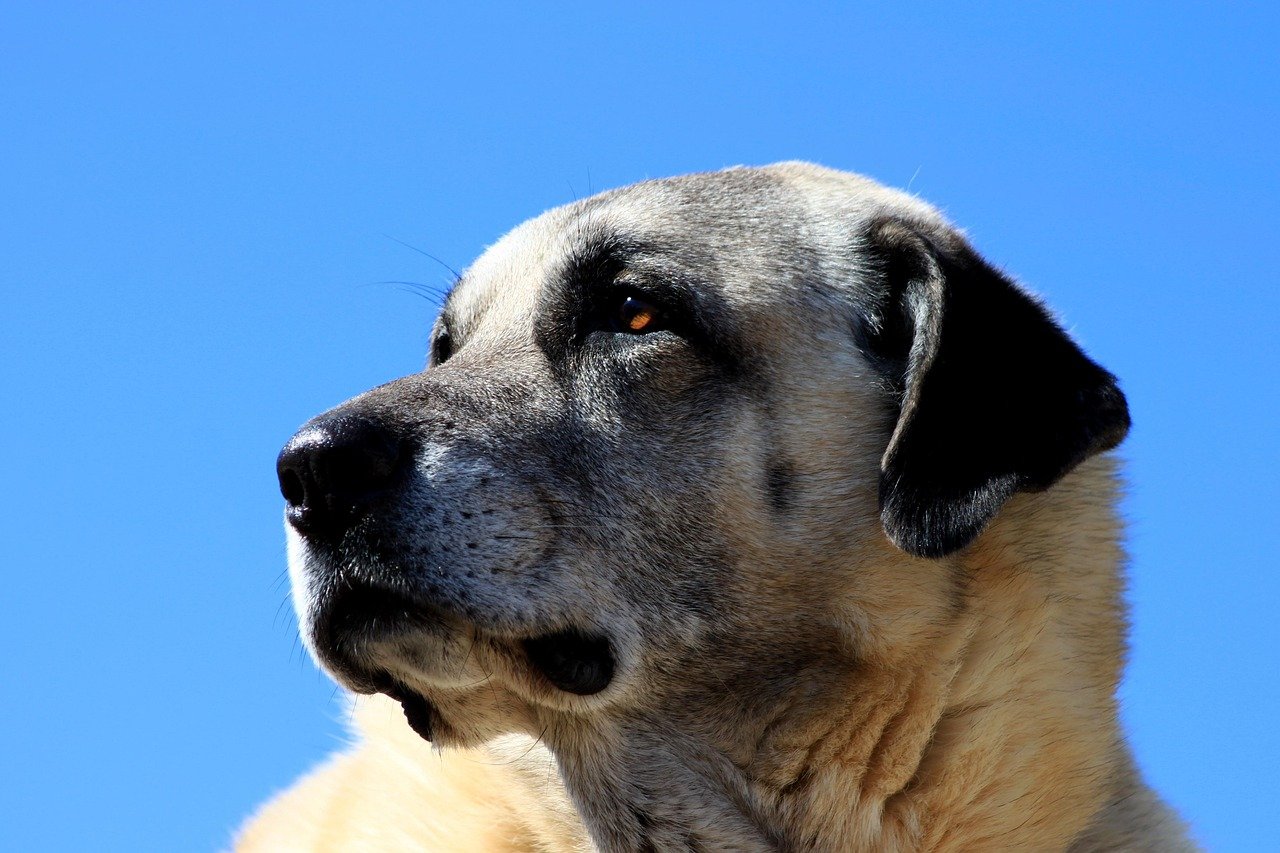
It takes more than muscle to be an effective guardian. Kangals are incredibly smart, able to assess situations and make decisions on the fly. When a wolf tests the boundaries, the Kangal knows whether to bark a warning, chase the intruder off, or stand his ground. This intelligence extends to everyday life as well—they quickly learn routines, commands, and even subtle cues from their owners. Many Kangals can read people’s emotions, offering comfort when someone’s sad or anxious. It’s like having a furry mind-reader by your side.
5. Loyal to the Core
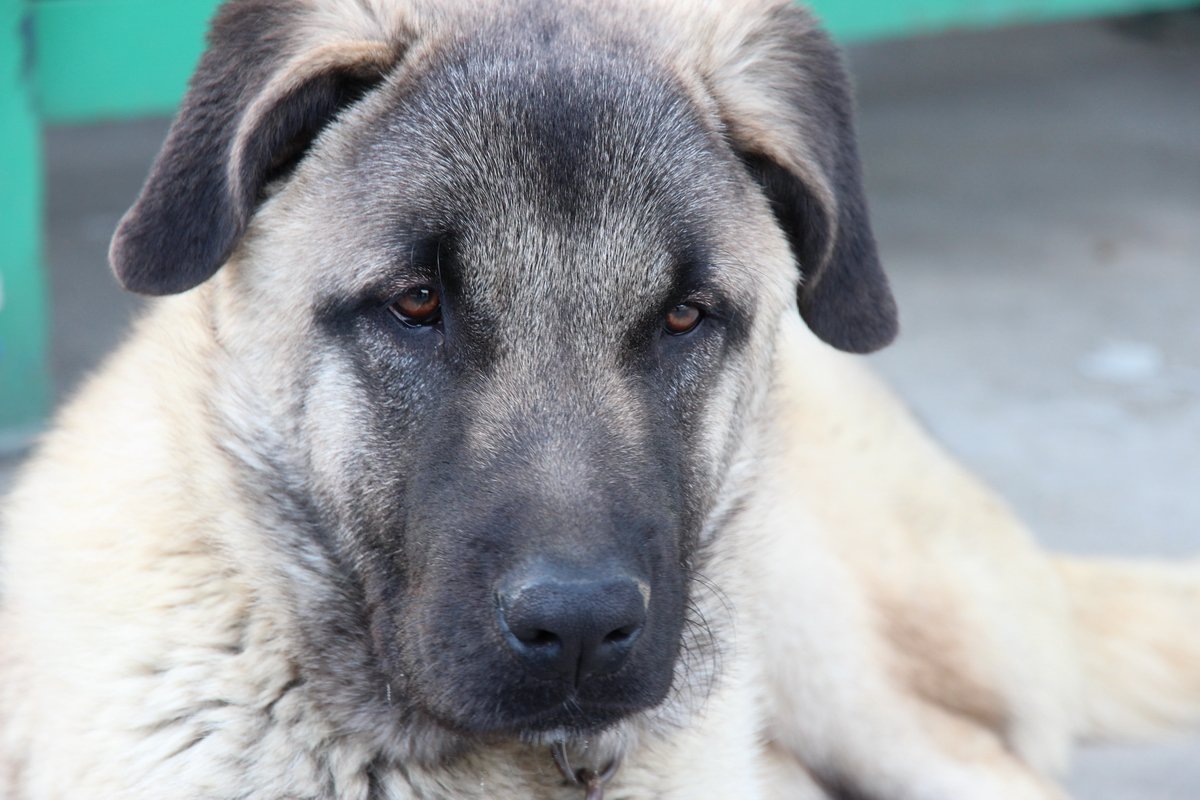
Ask anyone who’s lived with a Kangal, and they’ll tell you: these dogs are fiercely loyal. Their devotion goes beyond simple affection; it’s a deep, unwavering commitment. Kangals will follow their family to the ends of the earth, never hesitating to put themselves in harm’s way. This loyalty isn’t just reserved for people—they’ll defend their animal charges just as bravely. It’s this sense of duty that makes the Kangal not just a pet, but a partner. You can trust a Kangal to always have your back, no matter what.
6. Gentle Giants with Their Loved Ones
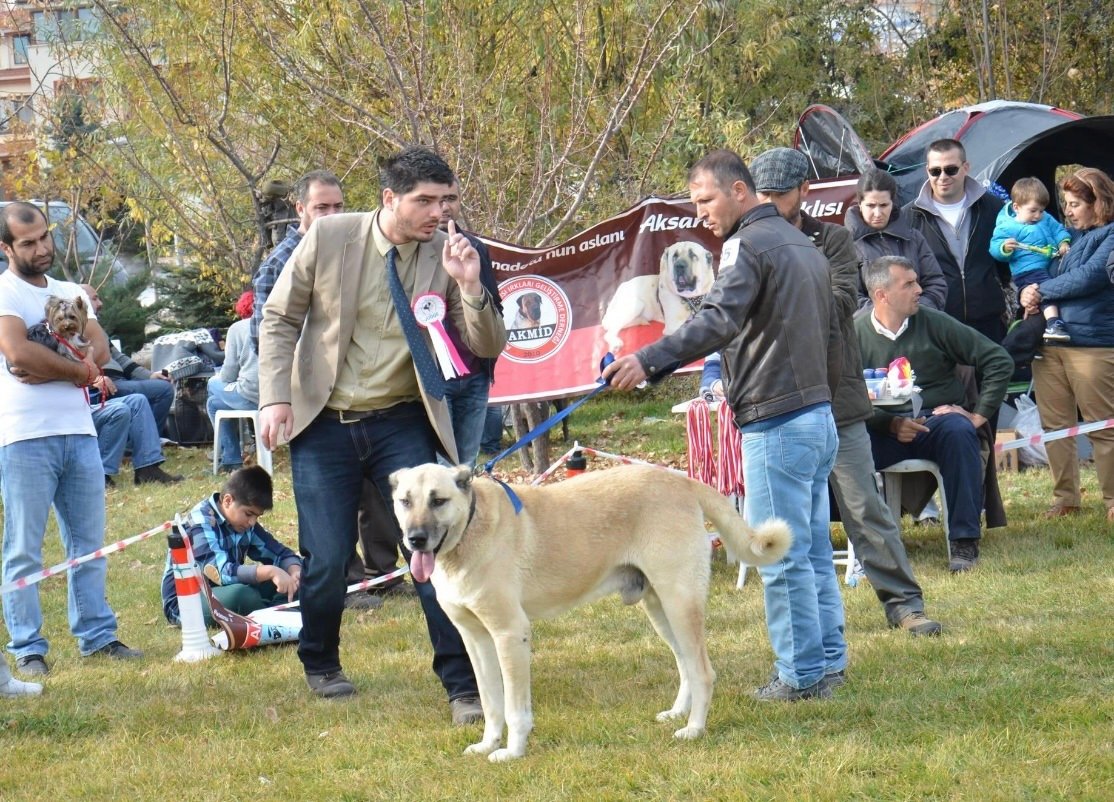
For all their formidable strength, Kangals are surprisingly gentle with those they love. Around children, they become patient playmates, carefully matching their energy to the little ones’ needs. With family members, they’re affectionate and calm, often leaning in for a reassuring nuzzle or curling up quietly at your feet. It’s this tender side that makes them such special companions. Seeing a massive Kangal lying quietly while a toddler climbs over him is both heartwarming and awe-inspiring. They really do understand when to be fierce and when to be gentle.
7. Fearless in the Face of Danger
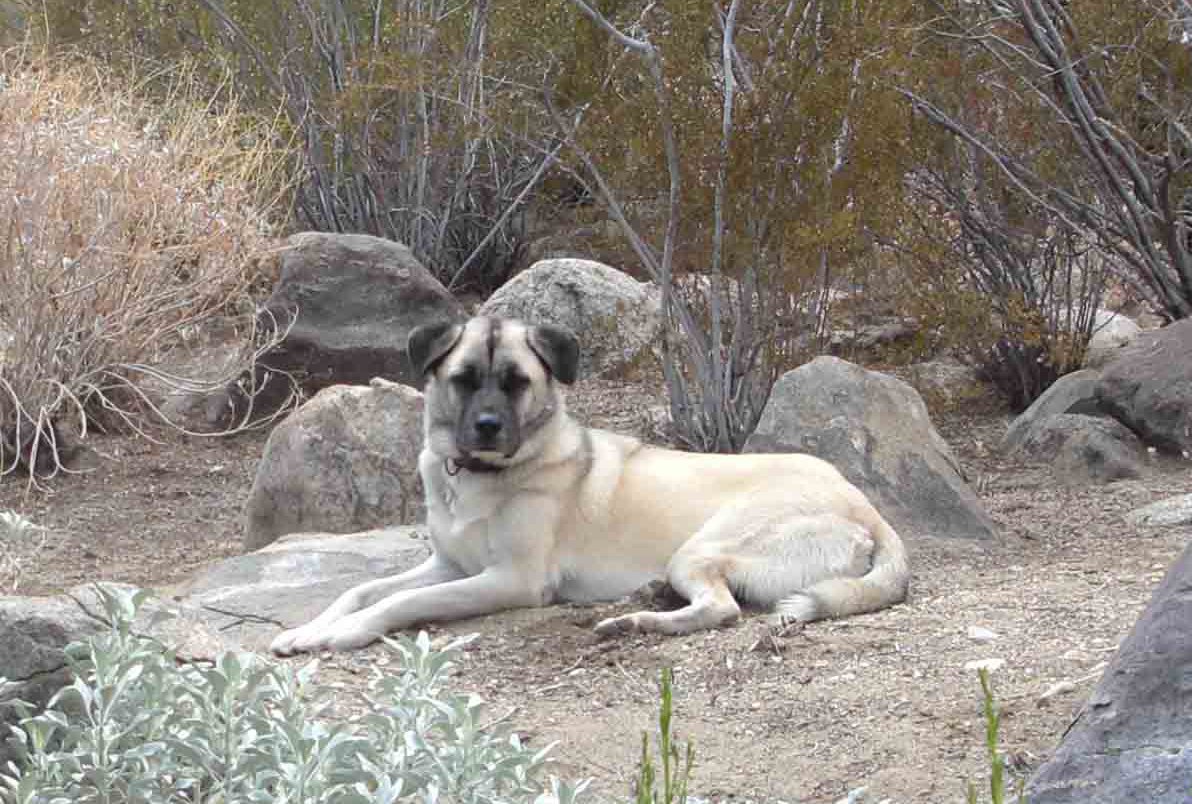
Fear is not in the Kangal’s vocabulary. These dogs have been known to stand their ground against packs of wolves, or chase off bears that threaten their flock. Their courage is legendary in Turkey, where stories of Kangals saving entire herds—or even people—from disaster are passed down like cherished family tales. Their confidence isn’t bluster; it’s the calm assurance that comes from generations of facing danger head-on. A Kangal looks at a threat and simply says, “Not today.” That kind of bravery is rare, and it’s a big part of what sets them apart.
8. Highly Adaptable to Harsh Environments
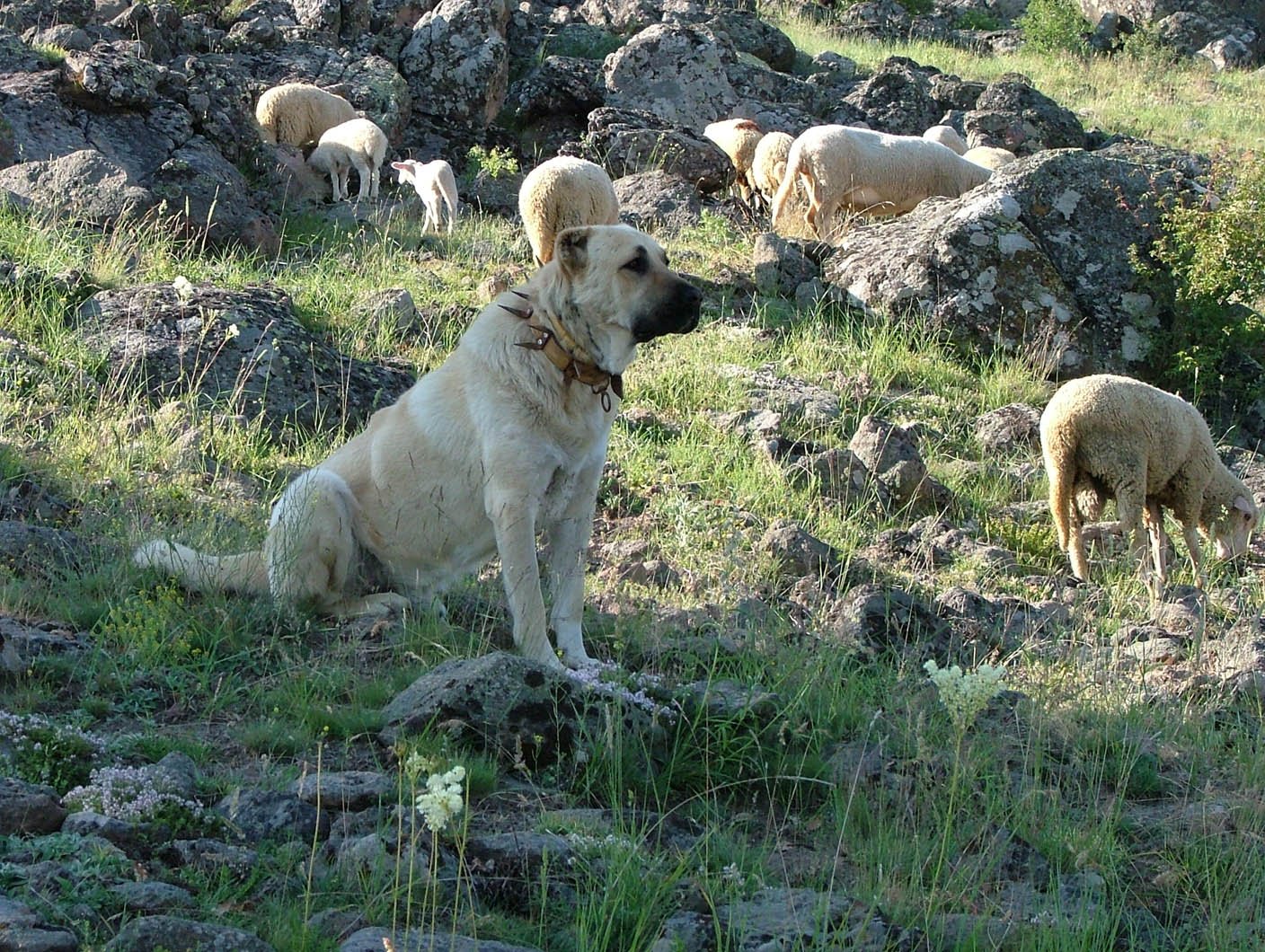
The Anatolian plateau isn’t an easy place to live. It’s hot in the summer, freezing in the winter, and predators lurk behind every rock. Yet, the Kangal thrives here. Their thick coats keep them warm in the cold, and their sturdy bodies handle rough terrain with ease. They’re just as comfortable patrolling a snowy field as they are resting in the shade on a scorching day. This adaptability means they can serve as guardians in all kinds of settings, from rural farms to mountain villages, and even suburban backyards if given enough space.
9. Low Maintenance Grooming
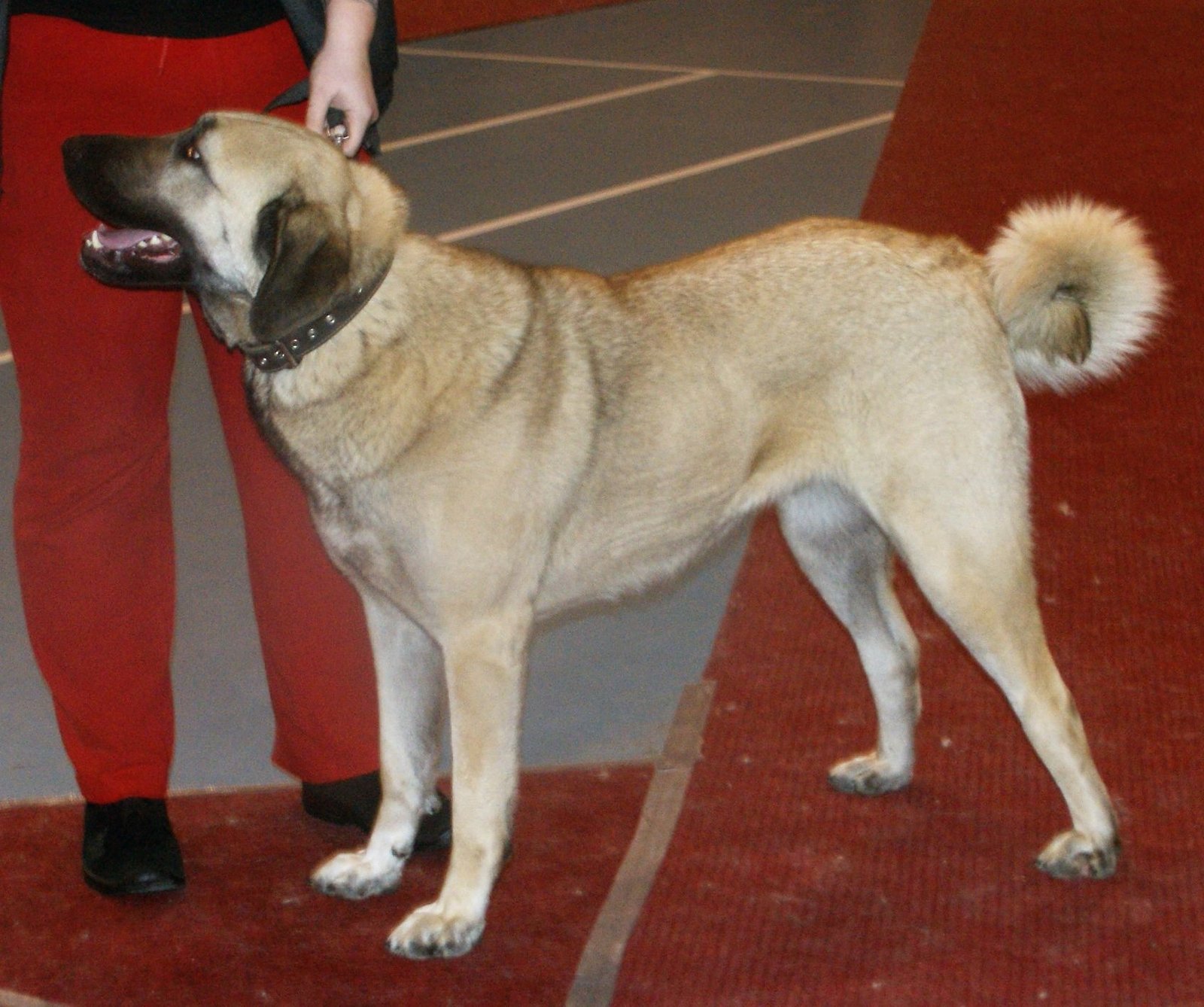
Despite their impressive coats, Kangals are surprisingly easy to care for. Their fur is short and dense, naturally resistant to dirt and weather. A quick brush once a week is usually enough to keep them looking sharp. They shed, of course—what big dog doesn’t?—but their grooming needs are much lower than many other large breeds. This makes them a practical choice for people who want a tough guardian without the hassle of constant grooming. Plus, their love of the outdoors means they’re happiest when they can roam and play, not sit still for endless baths.
10. Strong Sense of Independence

Kangals aren’t clingy or needy. They’re independent thinkers, comfortable making decisions on their own when the situation calls for it. This trait is a double-edged sword—it means they can be stubborn, but also incredibly reliable when left to guard livestock or property. They don’t need constant supervision or direction. Instead, they thrive when given a job and trusted to do it well. It’s a kind of quiet confidence that makes living with a Kangal feel like having an equal partner, not just a pet.
11. Natural Deterrence Against Predators
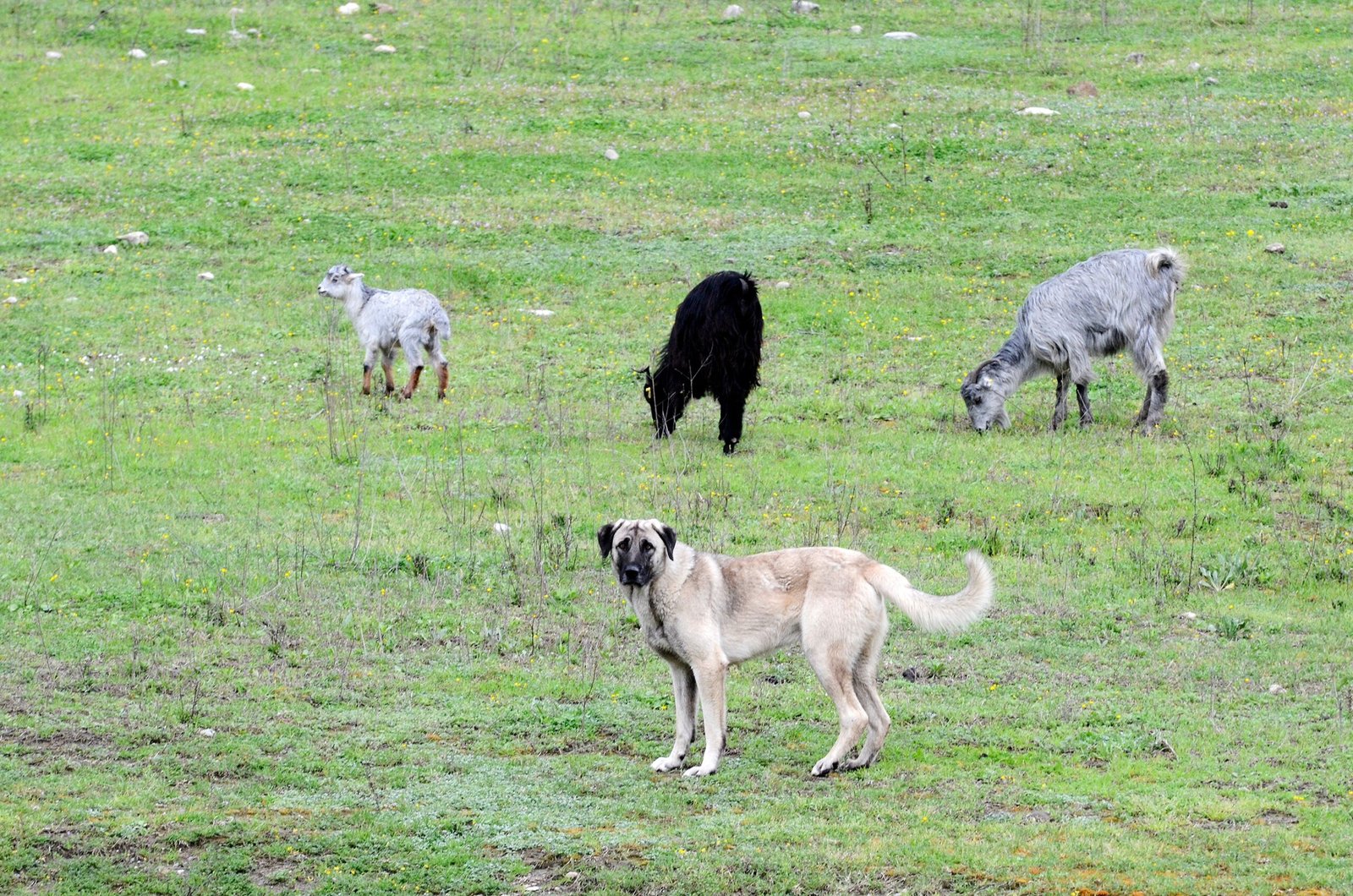
Just the sight of a Kangal is often enough to send predators packing. Wolves, coyotes, and even bears recognize the Kangal’s distinct silhouette and think twice before making trouble. This natural deterrence is a huge asset for farmers and ranchers, who depend on their dogs to keep their animals safe. The Kangal’s deep bark adds another layer of warning—a sound that says, “You’re not welcome here.” It’s a bit like having a living, breathing security system patrolling your land, day and night.
12. Minimal Health Problems for a Giant Breed
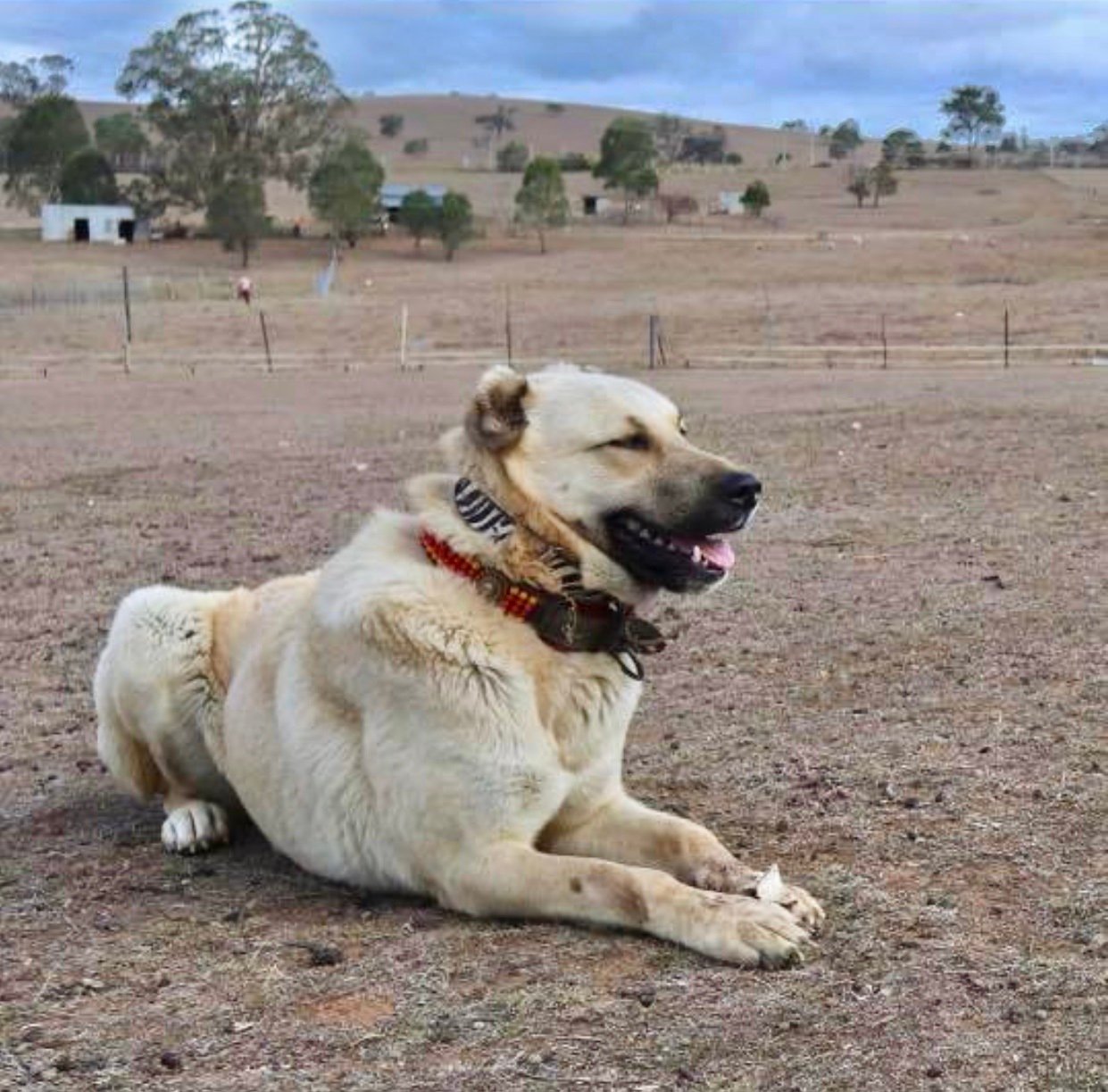
Large dogs often struggle with health issues, but Kangals tend to be robust and long-lived. Thanks to centuries of breeding for utility rather than looks, they’ve avoided many of the genetic pitfalls that plague other big breeds. Most Kangals enjoy strong hips, sturdy joints, and overall good health well into old age. Of course, they need regular checkups and a balanced diet, but their resilience is one more reason they’re prized as guardians. This hardiness means fewer worries for their owners and a longer, happier life for the dog.
13. Deep Cultural Significance and Pride
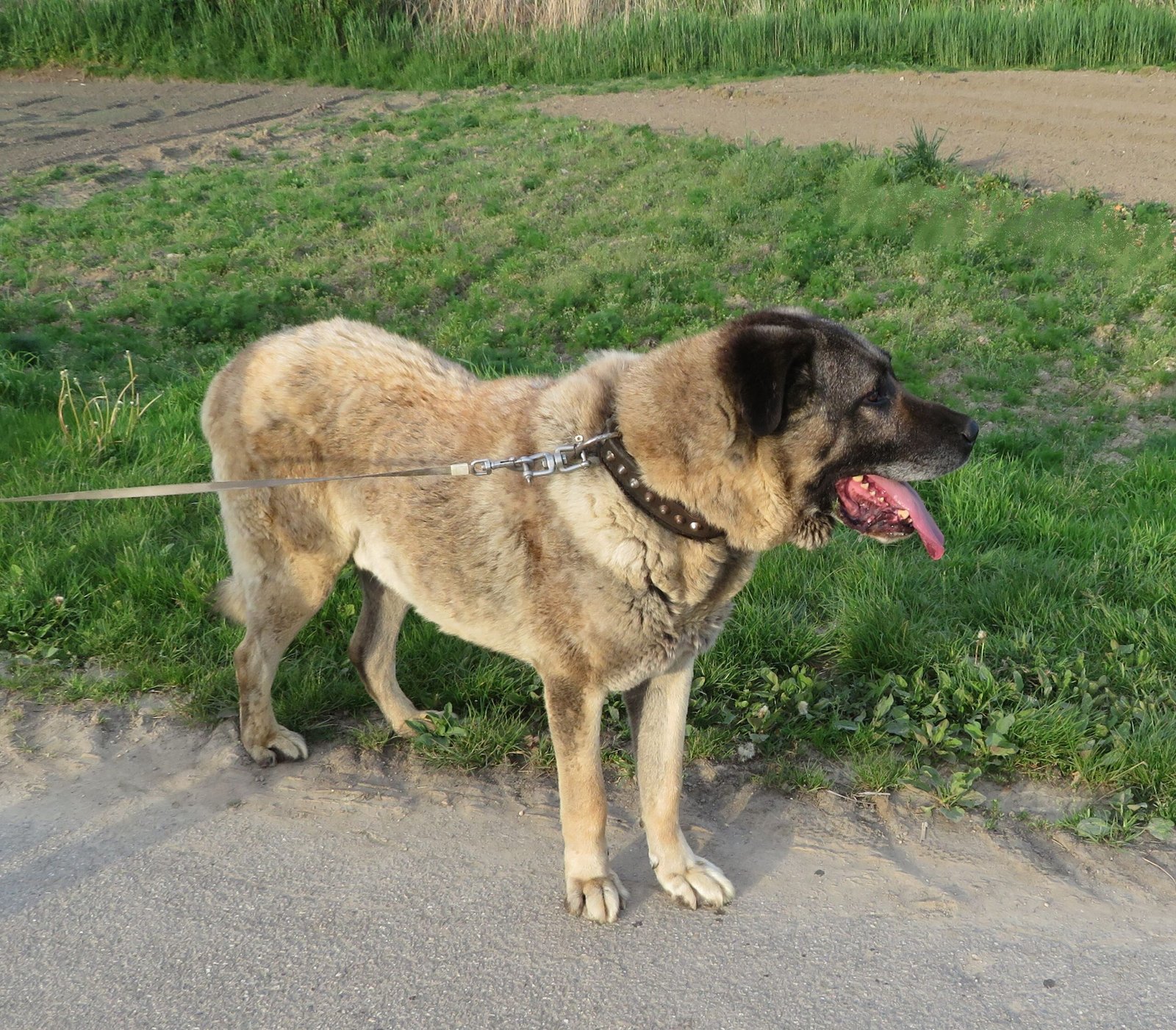
In Turkey, the Kangal is more than just a dog—it’s a national treasure. Villages celebrate their Kangals with festivals, stories, and even statues. The bond between shepherd and Kangal is a source of pride, a living symbol of strength and resilience. For many Turks, owning a Kangal is a mark of honor, a connection to their heritage. When people talk about the Kangal, they speak with reverence and affection, as if describing a beloved ancestor. This cultural weight adds another layer of meaning to every Kangal’s life.
14. Social Yet Reserved with Strangers
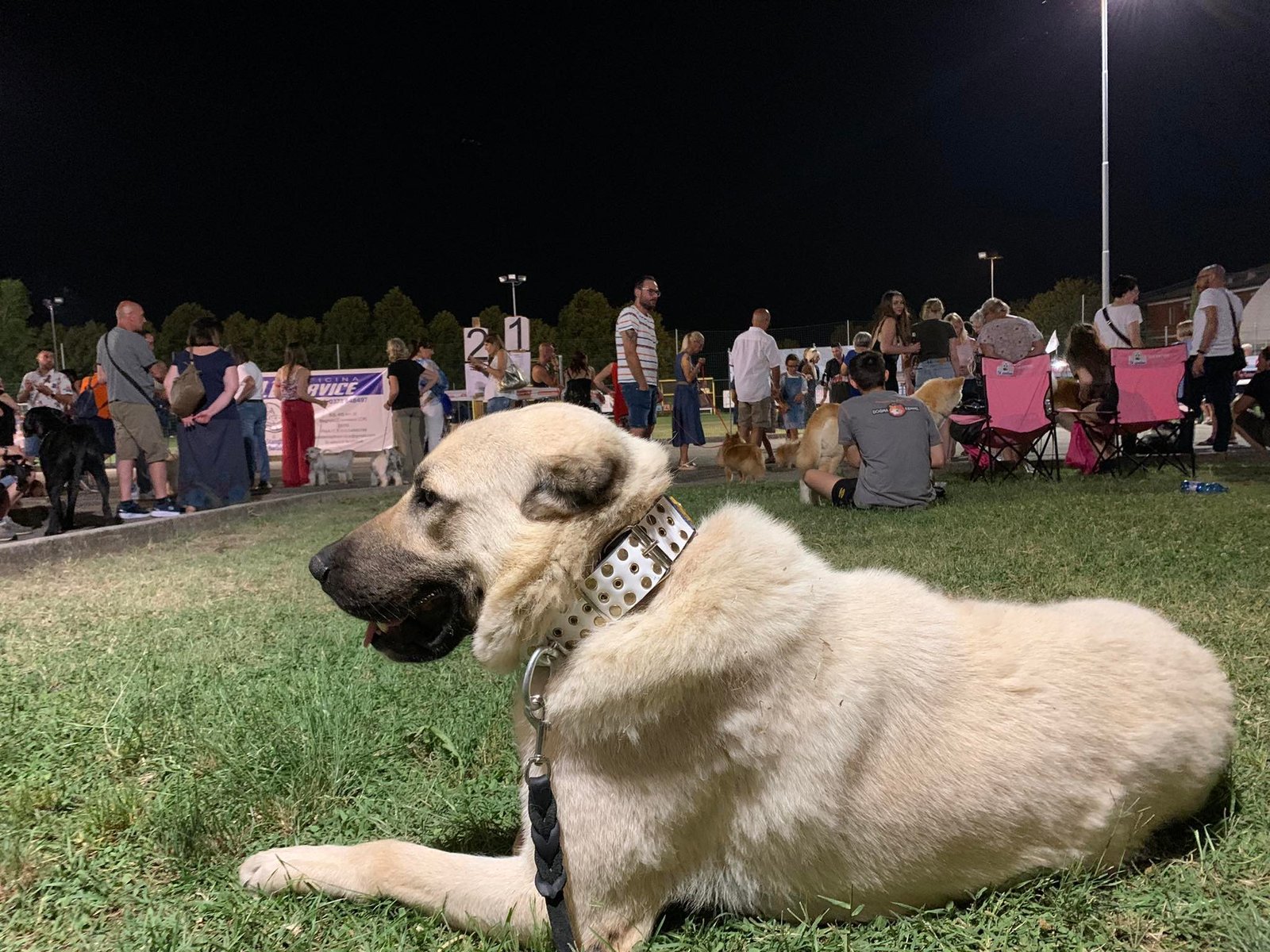
Kangals are masters at reading social cues. With their families, they’re open, loving, and playful. But with strangers, they’re cautious and reserved—never aggressive without reason, but always assessing. This balance makes them excellent guardians: they don’t overreact, but they’re always watching. If a visitor earns their trust, the Kangal will accept them. But if someone poses a threat, there’s no hesitation. It’s like they have an internal switch that flips from “friend” to “protector” in an instant. This ability to judge character is one of their most impressive traits.
15. Unique Bond with Children and Other Animals
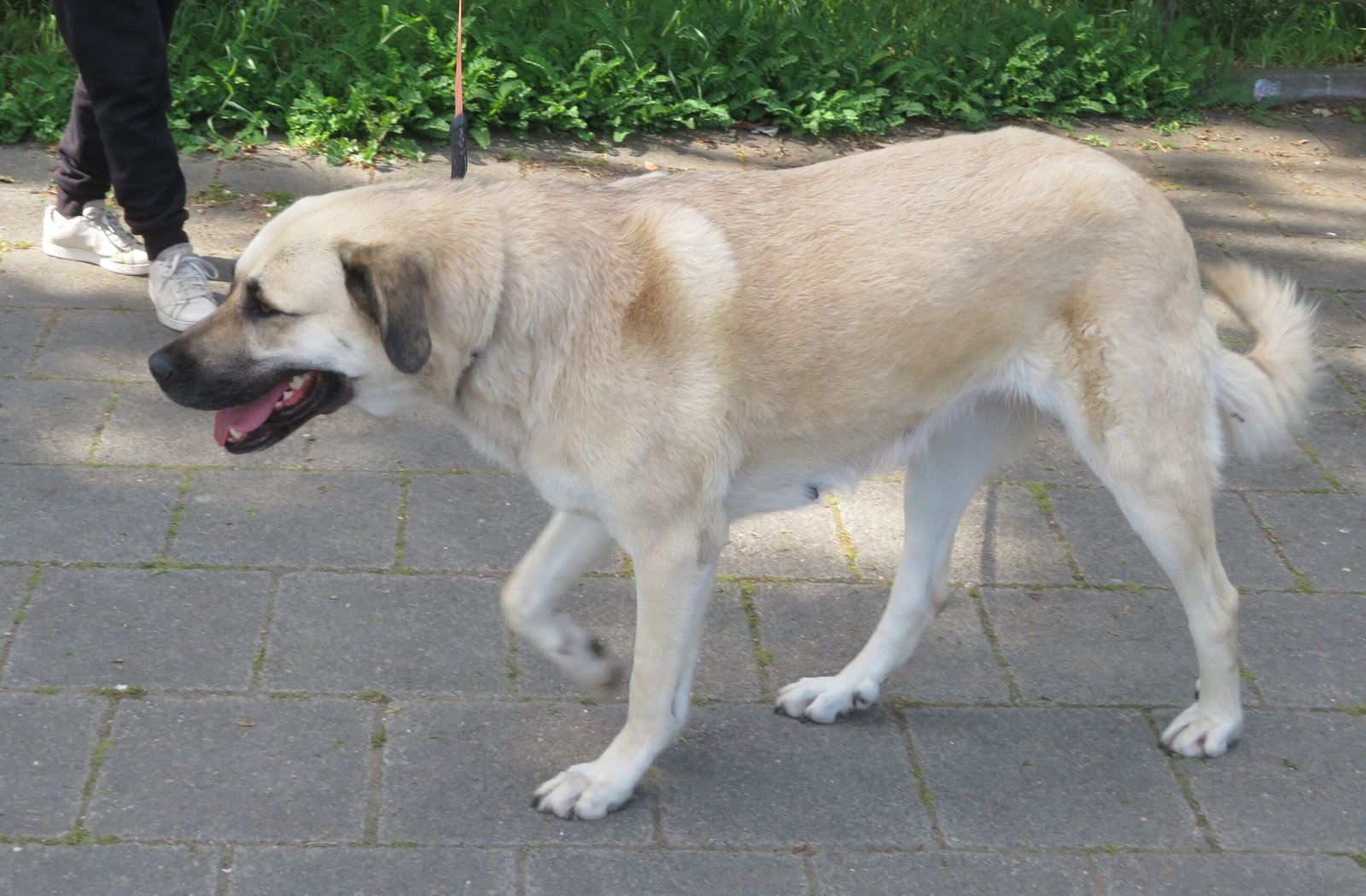
Perhaps the most touching thing about the Kangal is the special bond they form with the vulnerable—especially children and smaller animals. In Turkish villages, it’s common to see Kangals gently herding lambs or watching over kids at play. They seem to understand instinctively who needs their protection most. This nurturing side isn’t just folklore; it’s witnessed by families all over the world. Kangals become more than guardians—they become beloved members of the family, weaving themselves into every aspect of daily life. Their ability to balance power with gentleness is nothing short of inspiring.
The Kangal truly earns its reputation as the ultimate guardian—strong, smart, and deeply loyal. While its size and power can be intimidating, its calm and gentle nature with loved ones makes it a remarkable companion. This is a dog that protects not just with muscle, but with heart. If you want a fearless protector who also knows how to love, the Kangal won’t let you down.
Jen is a passionate nature lover and ocean conservationist. She has dedicated her life to protecting the environment and preserving the beauty of the natural world. Growing up in a small coastal town, Jen sincerely appreciated the ocean and its inhabitants. She has spent countless hours exploring the shoreline, learning about the creatures that inhabit the waters, and advocating for their protection. Jen is an active member of ocean conservation organizations, and she is committed to educating the public about the importance of conserving wildlife and the natural environment.

